Buying the Right Defibrillator
With advancements in technology and a wide array of options available on the market, choosing the right AED can seem daunting. Our guide simplifies this process, providing you with in-depth analyses, expert reviews, and direct comparisons between leading defibrillator models. By highlighting key features, usability, reliability, and maintenance requirements, we aim to empower you with the knowledge to make an informed decision.
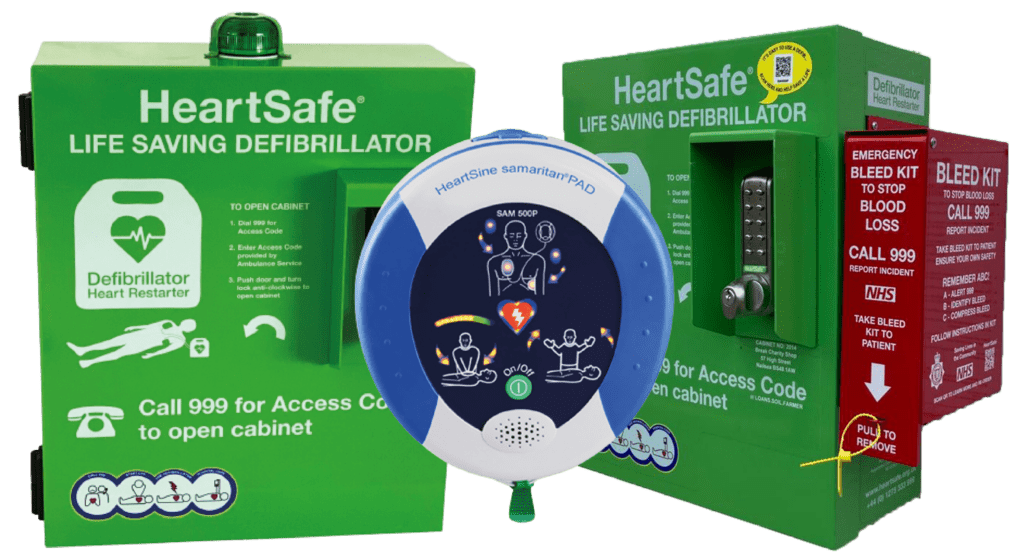
Which Defibrillator is Right For You?
Selecting the right Automated External Defibrillator (AED) is a critical decision, and it’s essential to choose a model that aligns with your specific requirements. The environment where you plan to use the AED significantly influences the type of device you should consider.
For instance, if you anticipate using the AED in challenging conditions, such as on a farm, in outdoor settings, or near swimming pools, it’s imperative to opt for an AED that is designed to endure such environments. The IP rating of an AED determines its effectiveness against the intrusion of solid objects like dust and sand, as well as liquids, including water. Each AED we offer undergoes rigorous testing to ensure it meets specific standards of water and dust resistance.
Do Your Research - Compare Defibrillators
Defibrillator | IP Rating | Battery Life | Pad Shelf Life | Available in | Comparison Sheets |
|---|---|---|---|---|---|
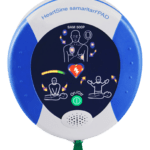 HeartSine Defibrillators | 56 | 4 Years | 4 Years | Semi Automatic & Automatic | Compare Our Recommended Choices |
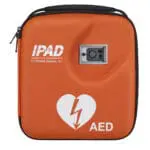 IPAD Defibrillator | 55 | 5 Years | 3 Years | Semi Automatic & Automatic | Click Here To See Full Comparison |
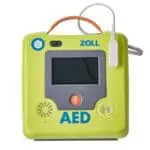 Zoll Defibrillator | 55 | 5 Years | 5 Years | Semi Automatic & Automatic | Click Here To See Full Comparison |
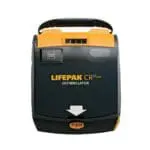 LifePak Defibrillator | 55 | 4 Years | 4 Years | Semi Automatic & Automatic | Click Here To See Full Comparison |
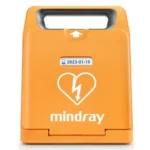 Mindray Defibrillator | 55 | 4 Years | 2 Years | Semi Automatic & Automatic | Click Here To See Full Comparison |
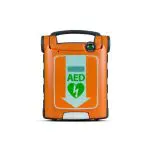 Cardiac Science Defibrillator | 55 | 4 Years | 2 Years | Semi Automatic & Automatic |
Find Out About Some Key Defibrillator Features
IP ratings are essential for determining how well Automated External Defibrillators (AEDs) are protected against dust, dirt, and water intrusion.
These ratings consist of two digits:
The first (0-6) measures protection against solid objects.
The second (0-9K) indicates resistance to water.
For instance, an AED with an IP67 rating is completely dust-tight and can withstand immersion in water, making it ideal for use in various environments, including those prone to moisture or dust exposure.
When choosing an AED, a higher IP rating suggests better durability and reliability, crucial factors for ensuring the device’s effectiveness in emergencies.
The battery life of an AED refers to the duration for which the device can remain powered and ready for use on a single charge or battery unit. This lifespan can vary significantly depending on the model and manufacturer, with some batteries lasting up to five years or more under optimal conditions. Factors affecting battery life include the type of battery (lithium-ion, lithium manganese dioxide, etc.), the frequency of device maintenance checks, and the usage rate, including both actual emergency use and regular self-tests performed by the AED.
Manufacturers typically provide specific guidelines regarding battery replacement intervals. It is crucial for AED owners to adhere to these recommendations to ensure that the device remains functional at all times. Some modern AEDs come equipped with built-in features that alert users when the battery level is low or nearing its end-of-life, facilitating timely replacements.
Shelf life, on the other hand, pertains to the period during which the AED’s battery maintains its efficacy while not in use, essentially how long it can be stored before needing to be activated or replaced. Just like with battery life, the shelf life is influenced by the type of battery technology used in the defibrillator, storage conditions, and the specific design and features of the AED model.
An important aspect of managing the shelf life of AED batteries is proper storage. Batteries should be kept in accordance with the manufacturer’s recommendations, usually in a cool, dry place away from direct sunlight to prevent degradation of their chemical components.
Semi-automatic defibrillators require human intervention to deliver the shock. After the device analyses the heart’s rhythm and determines that a shock is necessary, it instructs the rescuer to press a button to administer the shock. This type of defibrillator allows for a final manual check to ensure that nobody is touching the patient and that it is safe to deliver the shock, thereby reducing the risk of accidental injury to others.
Automatic defibrillators, on the other hand, do not require human intervention to deliver the shock. Once the device analyses the heart’s rhythm and decides a shock is needed, it automatically delivers the shock without any input from the user. This feature eliminates the need for the rescuer to make the decision to press the shock button, which can be beneficial in high-stress situations or when the rescuer hesitates or is untrained.
Select The Right Defibrillator Housing
We offer lots of different packages to house British-made HeartSine defibrillators. Find the package best suited to your situation.
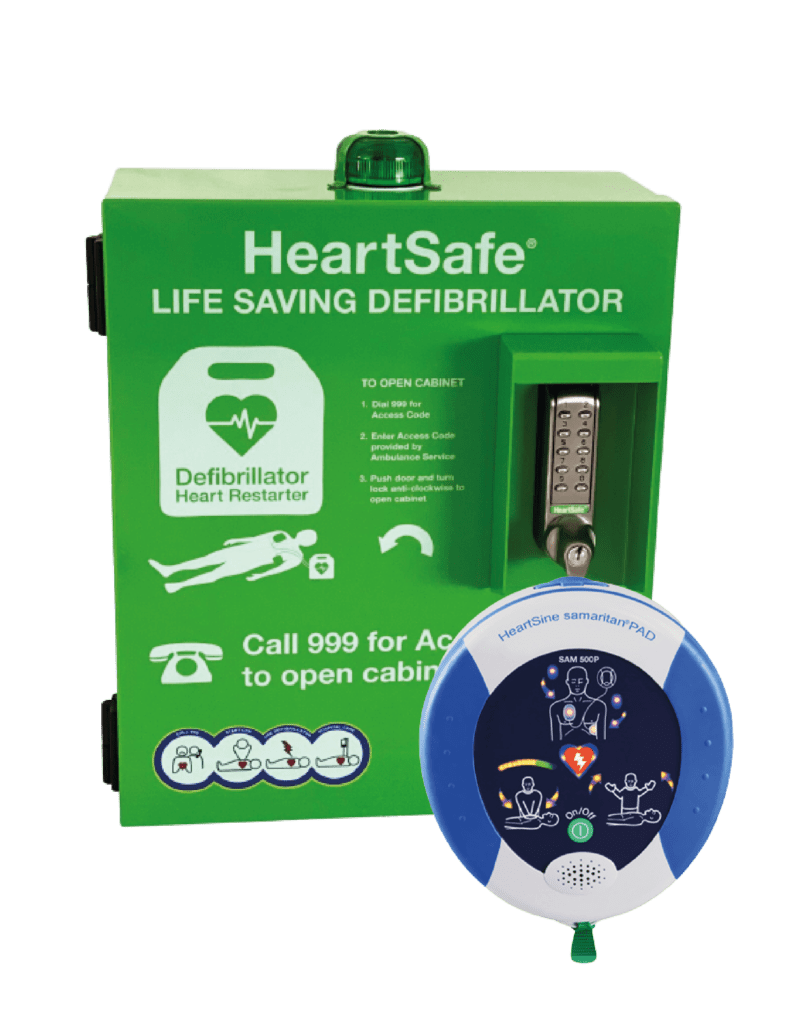
Store your defibrillator externally for easily accessible to the public
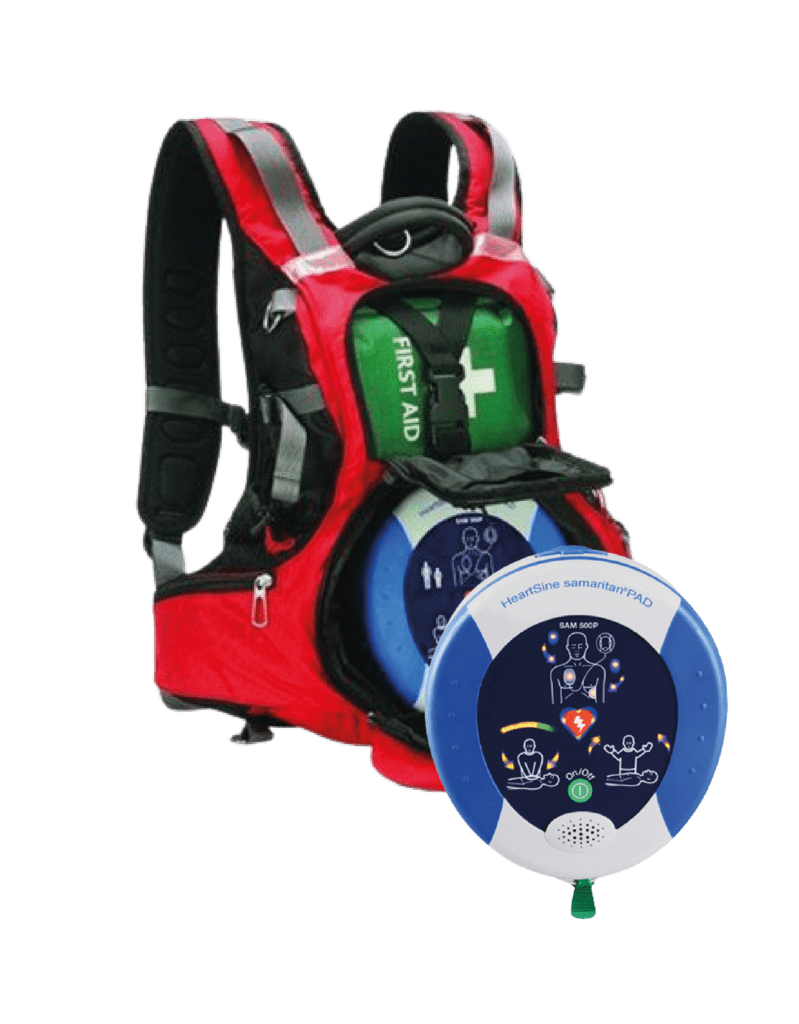
Effortlessly transport your defibrillator to not be caught out in an emergency
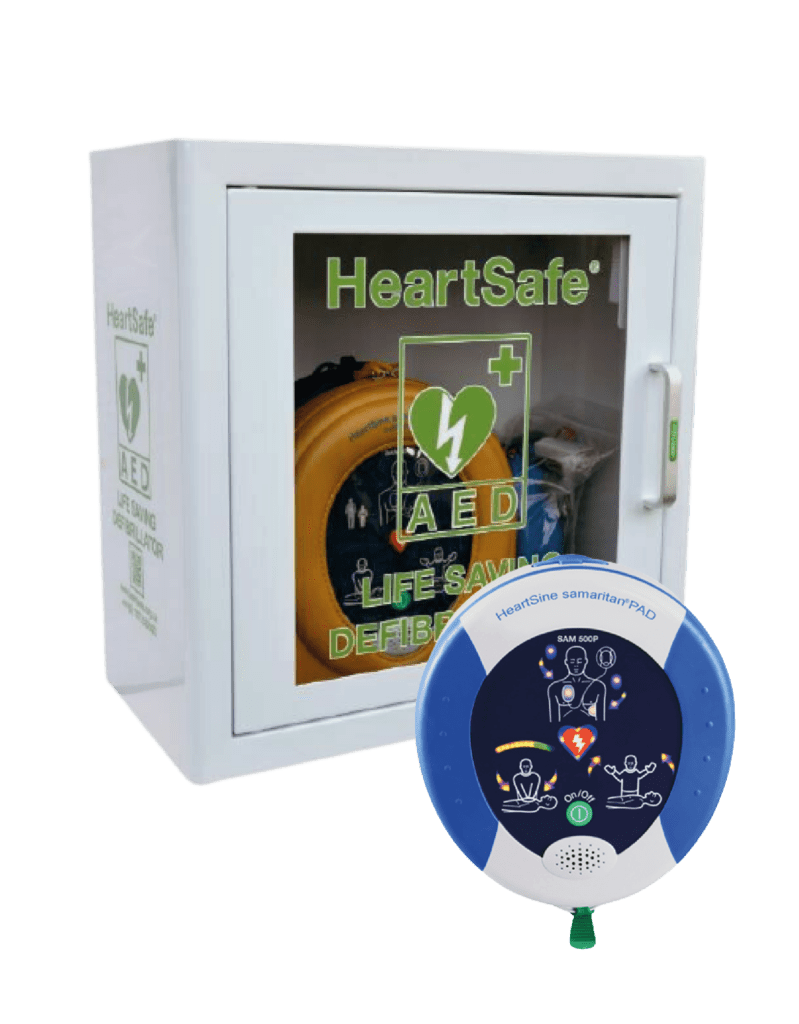
Store your defibrillator internally for use in emergency situations
Registering and Locating AEDs
Owners of AEDs are encouraged to register their devices on dedicated platforms. This registration process ensures that AEDs can be quickly located through the locator maps and are accessible to anyone in need. For those looking to find a local AED, these maps display both public access defibrillators, available 24/7, and those with limited access, which have specified availability hours.
The registered AEDs come with detailed information, including the exact address and postcode, making it easier for individuals to find the closest device in times of need. The goal is to ensure that every member of the public has quick and immediate access to a local defibrillator.
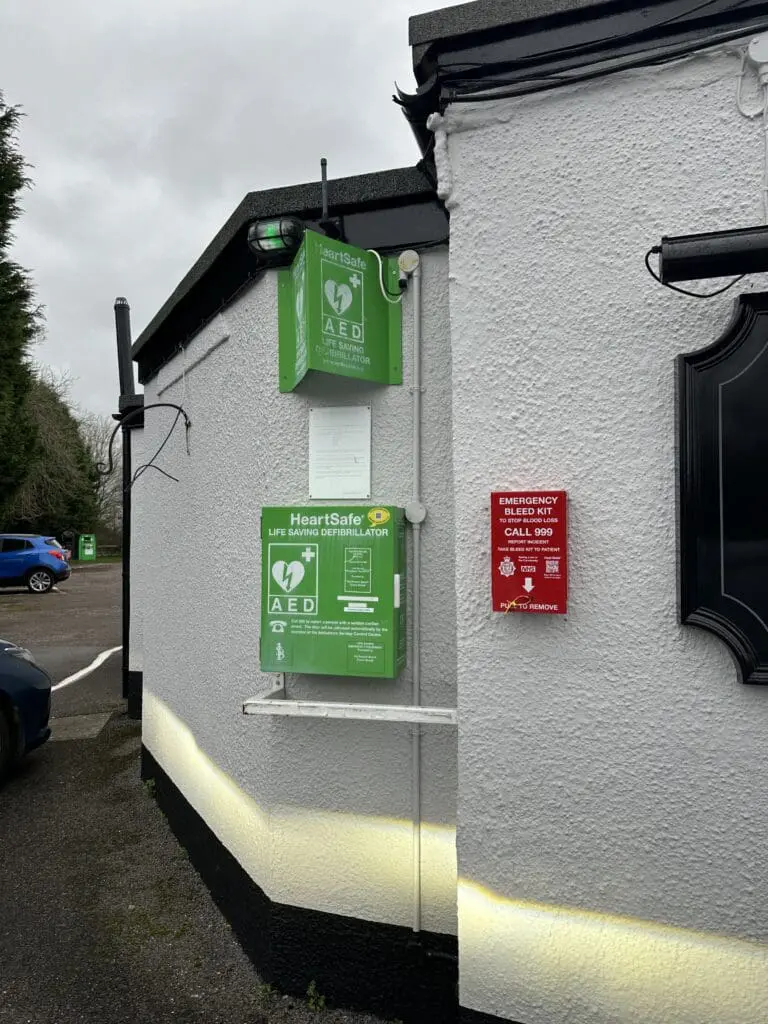
Example of clear, green signage and green defibrillator cabinets.
